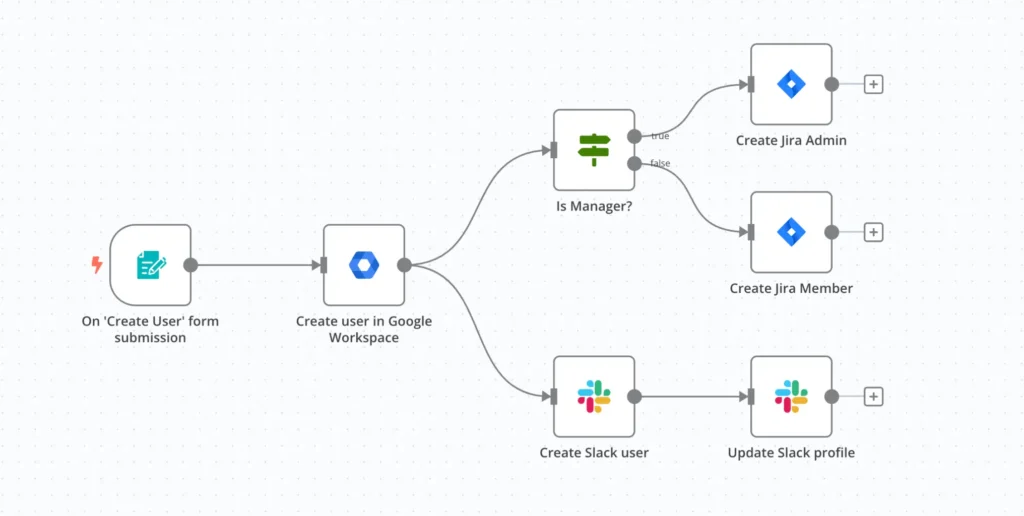Real-World Cases & Quotes: Agencies That Thrived with Automation
Introduction
Automation might sound abstract or techy, but real small agencies are already proving its power. Let’s look at examples and quotes, plus data, to understand how automation transformed operations, improved client outcomes, and allowed scaling without breaking the bank.
Client Example & Key Data
- Amazon’s Corporate Example: Although not a small agency per se, Amazon’s CEO Andy Jassy recently stated that AI will allow Amazon to reduce its corporate headcount over the next few years due to efficiency gains. The Washington Post
What small agencies can learn: increasing efficiency through automation can free up personnel to focus on strategy, growth, or quality rather than repetitive internal or administrative work. - Macro Trend: According to The Washington Post, companies are accelerating automation and AI use in response to economic headwinds, seeking cost savings, higher productivity, and reduced labor-intensive tasks. The Washington Post
For agencies, that means staying ahead isn’t just an advantage—it may be survival.
Quotes from Experts
- From The Washington Post Live event: “We’re at the dawn of a brand-new platform. When that occurs, we have to make sure that there is space for the little guy.” — Garry Tan. The Washington Post
Takeaway: Automation and AI should empower small agencies; ensure tools are accessible, affordable, and designed for smaller scale. - Another from small business commentary in The Guardian: many small business owners are still using simple tools (chatbots, drafting emails) but are cautious about entrusting mission-critical processes to automation. The Guardian
Takeaway: It’s okay to start small; there is risk aversion but also pent-up demand and opportunity.
How Small Agencies Are Applying Automation
- Lead Capture & Nurturing
Tools like chatbots, automated forms, and CRM workflows that assign, score, and follow up with leads. Vendasta’s research shows that agencies which automate lead capture and follow-ups reduce leakage in the sales funnel. Vendasta - Reporting & Analytics Dashboards
Instead of pulling manual reports, agencies are using dashboards that automatically collect client metrics (traffic, engagement, conversions), visualize trends, and even generate client-friendly reports. This both saves time and enhances transparency. - Content & Social Media Scheduling
Automation platforms that queue content, post on schedule across platforms, and monitor engagements. This reduces the “oops, we forgot to post” or “we missed a hashtag” moments. - Client Onboarding
From gathering intake forms, sending welcome materials, scheduling kickoff meetings, to assigning internal tasks — this is often a messy and time-consuming phase. Automating parts of that (forms, templated emails) smooths the experience for both client and agency team.
Measuring the Payoff
To evaluate whether automation makes sense for your agency, consider:
| Metric | Before Automation | After Automation (Estimated) |
|---|---|---|
| Time per week spent on follow-ups / lead chasing | Many hours | Reduced by 50-80% depending on systems |
| Number of leads lost due to slow response | Many | Fewer, faster response, better conversion |
| Cost per campaign vs return | Higher due to errors, delays, manual workloads | Lower due to scale, efficiency, fewer errors |
| Team satisfaction / burnout | Higher stress, repetitive tasks | More bandwidth for creative / strategic work, better morale |
Small agencies that tracked such metrics often see ROI within months, not years.
Pitfalls to Avoid: Learning from Others
- Failed integrations or mismatched tools: if tools don’t communicate, you spend time fixing flow problems, which eats into the efficiency gains.
- Poorly mapped workflows: automating a broken process just speeds up bad outputs. Always map and optimize manually before automating.
- Ignoring client context: clients value responsiveness and personal touch. If automation feels cold or robotic, or if messaging isn’t aligned, you risk alienating clients.
Conclusion
Case studies and data make it clear: agencies under 50 people that adopt automation wisely can reap measurable gains in efficiency, client satisfaction, and growth. Starting small, learning along the way, choosing the right tools — these are the paths to turning manual pain into strategic strength.

